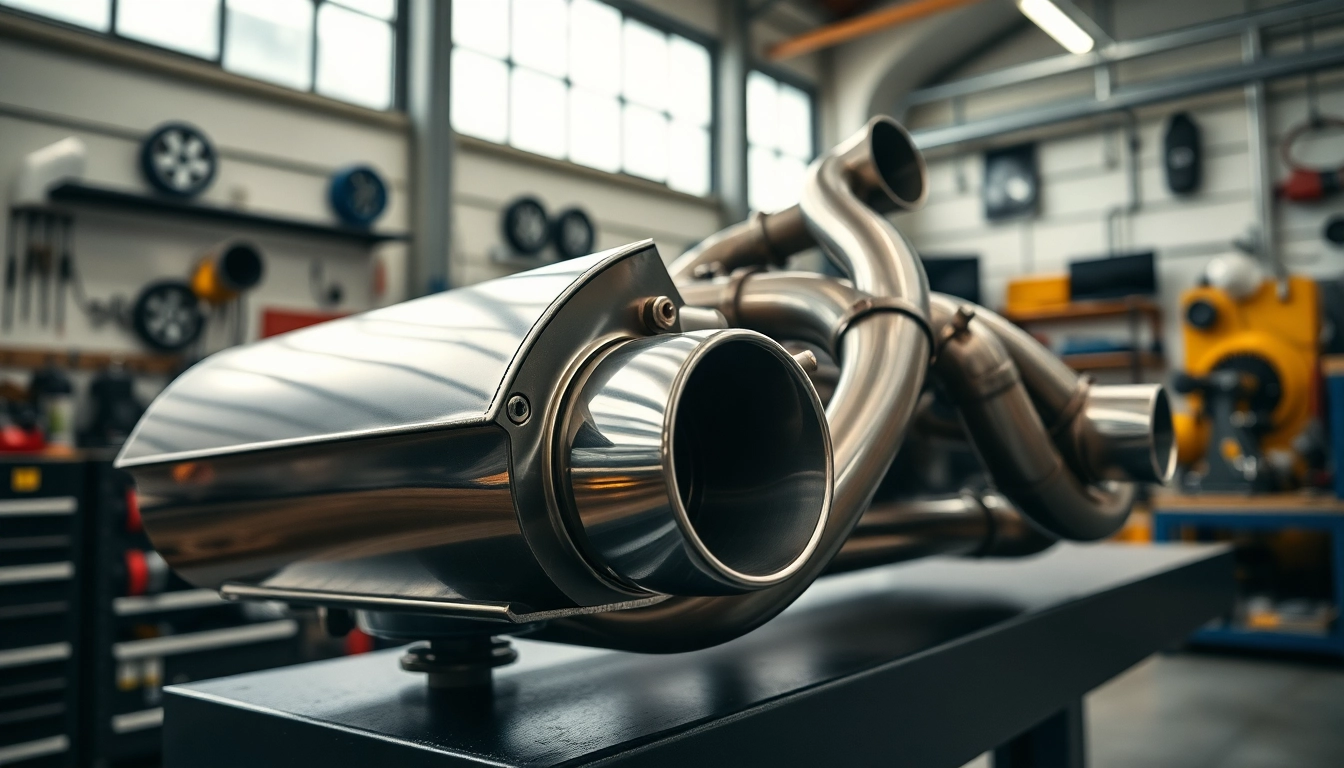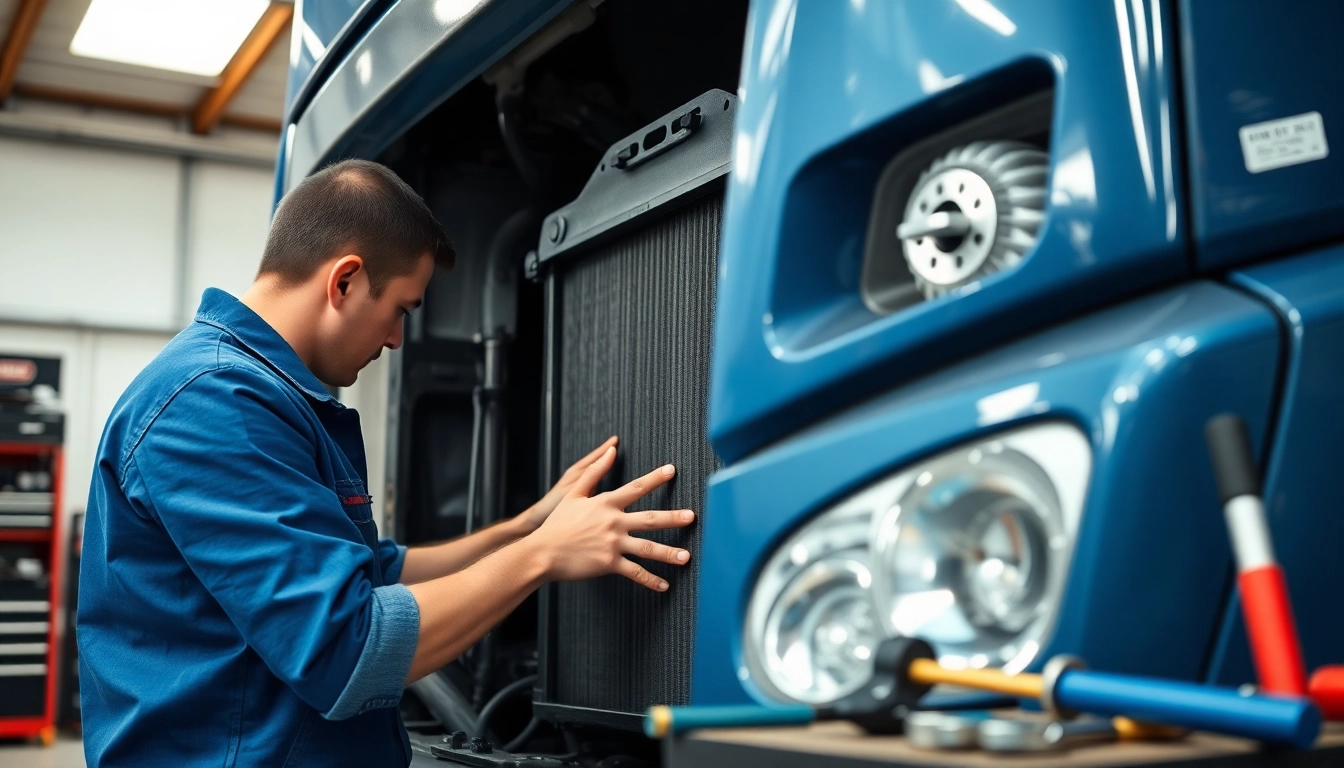Overview of Exhaust Systems
Definition and Functionality
The exhaust system in a vehicle plays a critical role in controlling the harmful emissions produced during the combustion process. While many might think of it merely as the mechanism that makes noise, its functions go far deeper. The exhaust system is responsible for expelling gases from the engine, reducing noise, and minimizing the impact of these gases on the environment.
Functionally, the exhaust system conducts exhaust gases away from the engine, ensuring that burnt gases do not re-enter the engine and cause potential damage. Additionally, the system decreases the overall noise produced by the engine, transforming it from a loud operation into a more subdued hum, which is more pleasant for the driver and their passengers.
Components of an Exhaust
An exhaust system is composed of several critical components that work in conjunction to fulfill its purpose:
- Exhaust Manifold: This component collects exhaust gases from the engine cylinders and directs them into the exhaust system.
- Catalytic Converter: A pivotal part of modern exhaust systems, the catalytic converter transforms harmful gases into less harmful emissions before they exit the vehicle.
- Muffler: Responsible for reducing engine noise, the muffler allows exhaust gases to escape quietly and efficiently.
- Exhaust Pipes: These tubes transport exhaust gases from the engine to the tailpipe, providing the necessary pathway for gases to exit.
- Tailpipe: The final component, the tailpipe is the visible end of the exhaust system, which directs exhaust away from the vehicle.
Significance for Vehicle Performance
The exhaust system isn’t just about noise control and emissions; it also has a strong influence on vehicle performance. An efficient exhaust can improve the engine’s ability to breathe, allowing exhaust gases to exit more quickly and intake air more efficiently. This improved airflow results in enhanced power output, better fuel economy, and overall more responsive acceleration.
Types of Exhaust
Cat-Back Exhausts
Cat-back exhaust systems extend from the catalytic converter to the tailpipe. These exhaust systems are typically designed for aftermarket upgrades, focusing on improving performance and sound quality. An important feature is their ability to increase exhaust flow, resulting in a potential boost in horsepower and torque.
Moreover, cat-back exhausts are often constructed from high-quality materials such as stainless steel, enhancing durability and resistance to corrosion.
Axle-Back Exhausts
As the name suggests, axle-back exhaust systems run from the rear axle to the tailpipes. They are generally simpler than cat-back systems and can be a budget-friendly option for those looking to enhance their vehicle’s sound without significant modification to the entire exhaust system. While they may not offer as large a performance increase as a full cat-back exhaust, they still provide a noticeable improvement in audio presence and aesthetic appeal.
Header-Back Exhausts
Header-back systems replace everything in the exhaust system, starting from the headers (where the exhaust gases exit the engine block) down to the tailpipe. This comprehensive upgrade often results in the highest performance gains, as it fully optimizes airflow throughout the system. Such systems can include features like high-flow catalytic converters and specialized mufflers for further performance enhancements.
Benefits of Upgrading Your Exhaust
Improved Engine Performance
Upgrading your vehicle’s exhaust system can lead to significant performance enhancements. The reduced back pressure enables the engine to work more efficiently, translating into increased horsepower and torque. A well-designed exhaust system can allow the engine to operate at its optimal level, particularly during acceleration and load conditions.
Enhanced Sound Quality
Another substantial benefit of upgrading your exhaust is the change in the sound produced by the vehicle. Many enthusiasts prefer a deeper, more aggressive tone to reflect the car’s performance capabilities. Aftermarket exhaust systems are designed to create a more appealing sound, distilling the raw noise of the engine into something that resonates with the driver and enhances the driving experience.
Better Fuel Efficiency
In addition to increased power and sound quality, a well-designed exhaust system can improve fuel economy. By enhancing the engine’s respiration, the vehicle may consume less fuel to achieve the same performance, which is especially beneficial for those concerned with long-term operating costs and environmental impact.
Exhaust Maintenance Best Practices
Regular Inspections
Like any other component of a vehicle, regular inspections of the exhaust system are essential for ensuring optimal performance and compliance with environmental regulations. Drivers should periodically check for signs of wear, rust, or damage. A visual inspection can help identify issues before they become more significant problems that may require costly repairs.
Cleaning Techniques
Keeping the exhaust system clean can prevent soot build-up and help maintain its functionality. Regular cleaning, especially of the muffler and tailpipe, can enhance both the appearance and performance of the exhaust system. Using specialized exhaust cleaners can dissolve any build-up and keep your exhaust looking pristine.
Common Repair Solutions
Common issues in exhaust systems include leaks, rust, and blockages. Identifying and addressing these problems promptly can prevent further damage:
- Leaks: Often discovered through hissing or rumbling noises, these can be corrected using clamps or welds to fix the affected area.
- Rust: When detected, rust can be treated with anti-rust sprays, or affected parts may need to be replaced entirely if the damage is extensive.
- Blockages: Debris or significant soot buildup can hinder the function of the exhaust system. Cleaning or replacing the affected parts can restore proper function.
Choosing the Right Exhaust System
Factors to Consider
When choosing an exhaust system, consider factors such as your vehicle type, engine specifications, and personal performance goals. Compatibility with existing vehicle systems is essential, as is understanding how much power increase you desire. Researching specific needs can ensure you get the right system tailored to your requirements.
Budget Considerations
Exhaust systems can vary widely in price, depending on the type and quality of materials used. While it’s tempting to opt for the least expensive option, consider the long-term value of higher-quality systems that provide better performance and durability. Creating a budget that reflects your goals while allowing for quality can lead to better overall satisfaction.
Personal Preferences
Your driving style and sound preferences will greatly influence your choice. Some might prefer a quieter system for a more subdued driving experience, while others might prioritize a loud and aggressive tone. Understanding what you want from your exhaust system is crucial to making an informed choice.



